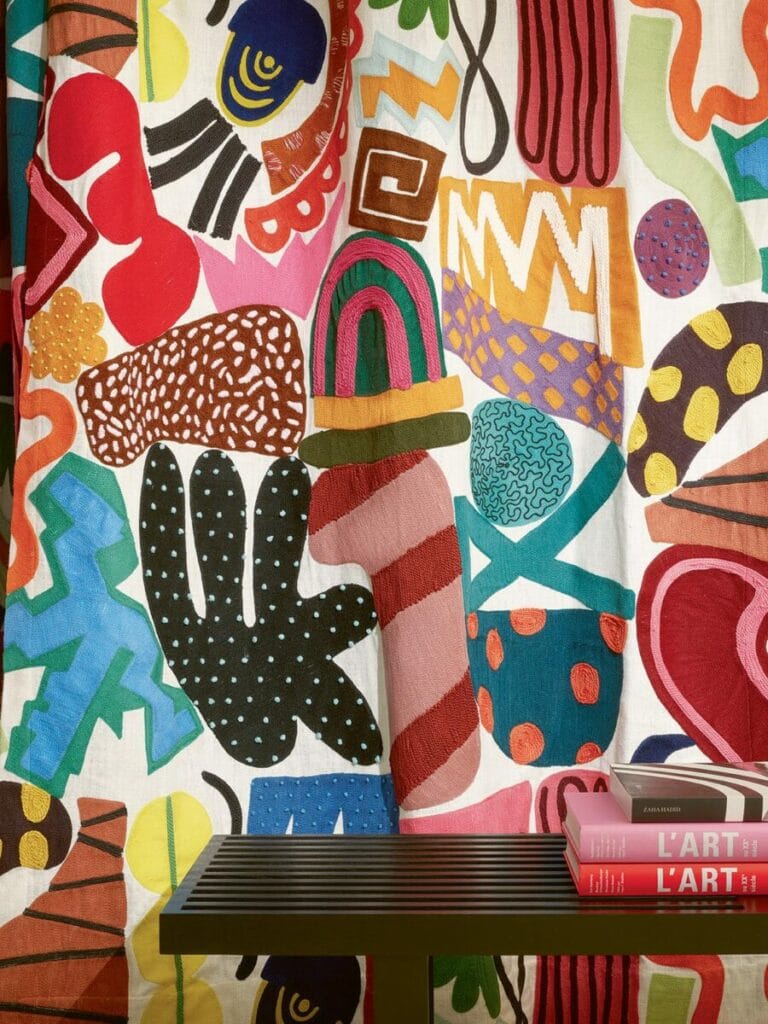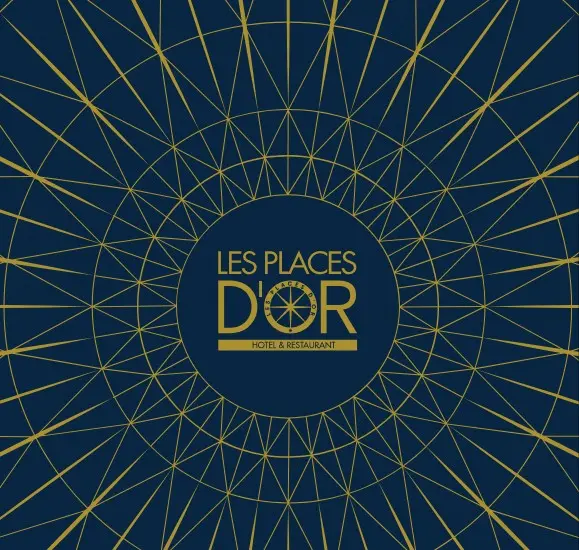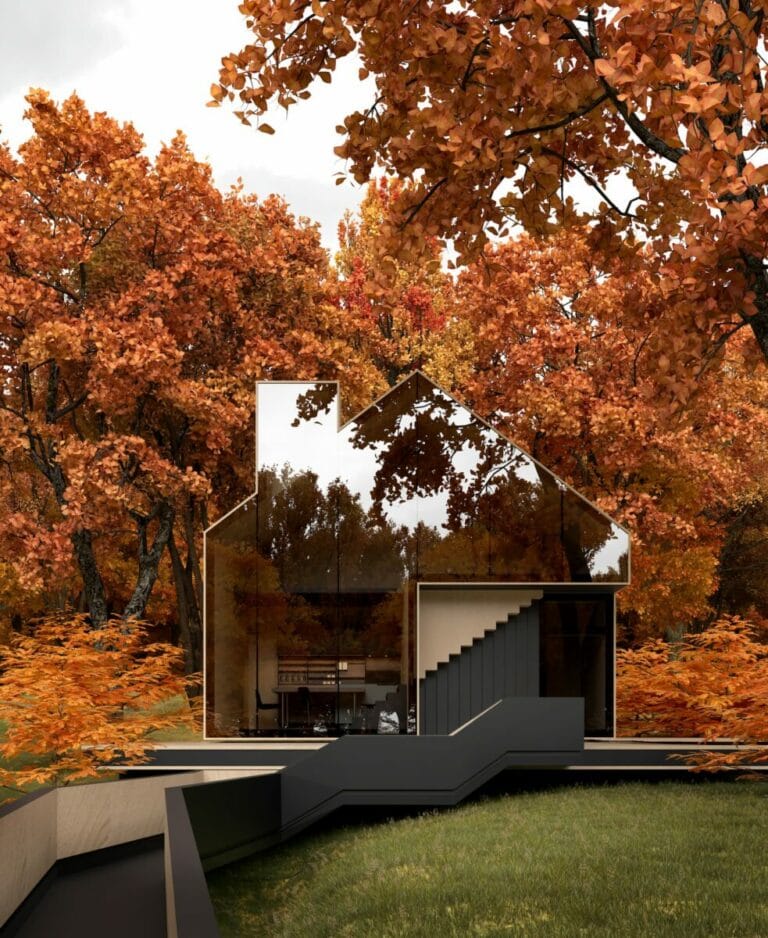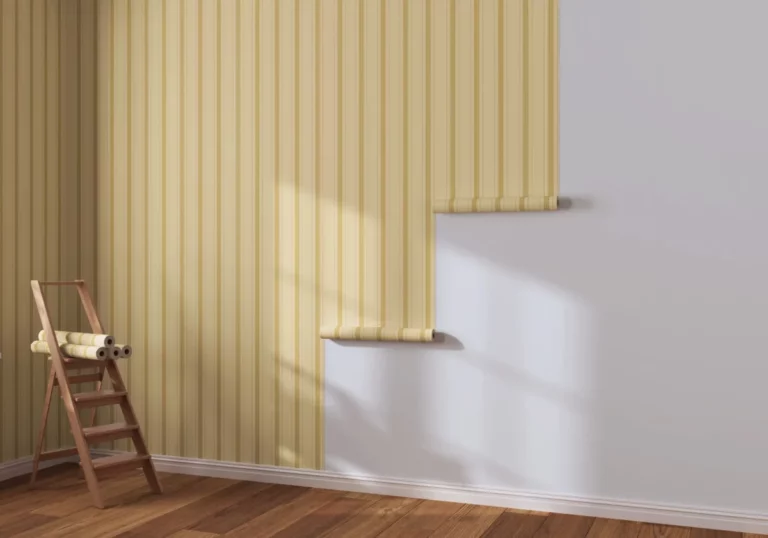When British Cabinetmaking Becomes an Art of Living
In the world of exceptional kitchen houses, Smallbone of Devizes represents the very essence of British craftsmanship, that centuries-old tradition of cabinetmaking where every detail matters, where the patience of artisanal gesture takes precedence over industrial speed. Founded over forty years ago in the small town of Devizes, in the heart of the English Wiltshire, by Charlie Smallbone and Mark Wilkinson, this manufactory revolutionized the very concept of the kitchen.
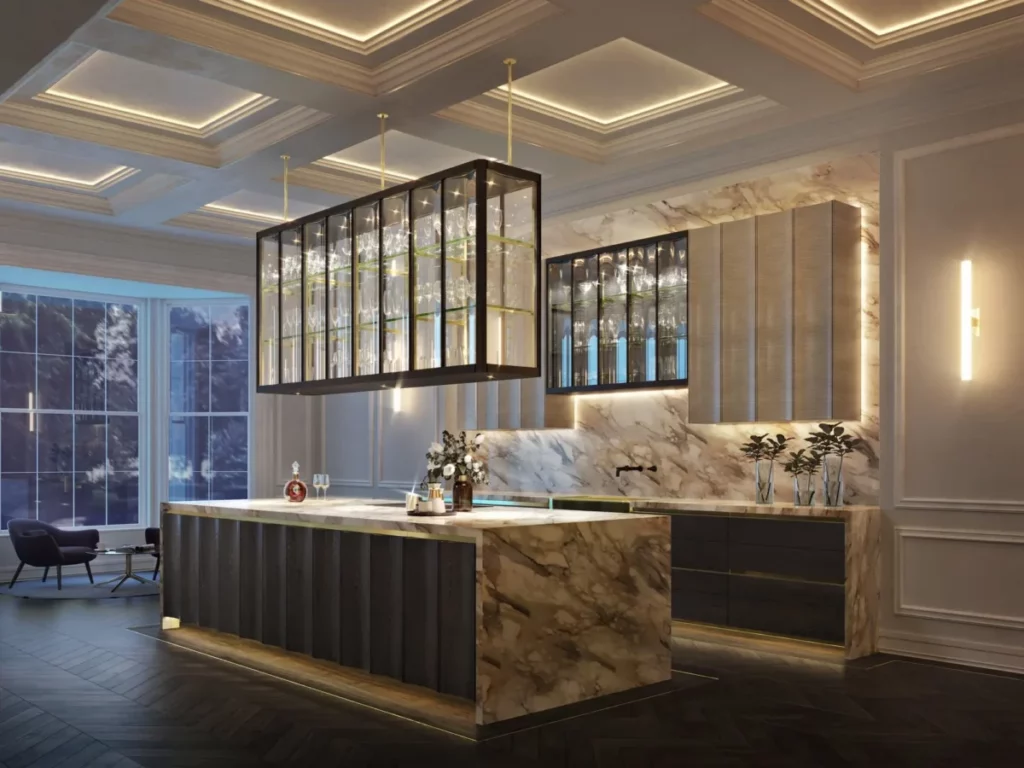
Far from Germanic minimalist refinement or Milanese sophistication, Smallbone embraces a classic, warm luxury, deeply rooted in British architectural heritage. Each kitchen becomes a work of art cabinetmaking, where precious hand-carved woods dialogue with artisanally painted finishes. This approach, radically opposed to contemporary minimalist trends, appeals to an aristocratic clientele and exceptional residences around the world.
Historical & Cultural Context
Smallbone’s history begins in the late 1970s, in a context where British kitchens were becoming standardized. Charlie Smallbone and Mark Wilkinson shared a radically different vision: reconnecting with the tradition of artisanal furniture, drawing inspiration from English cottages and Georgian manor houses to create kitchens that tell a story.
The brand was born from a passion for reclaimed and restored antique furniture. The first showroom opened in 1981 in Notting Hill, just before the neighborhood became the epicenter of London design. The company experienced meteoric growth, employing up to 700 people across 40 showrooms. It went public in 1986, a symbol of spectacular success. Beyond the numbers, Smallbone truly revolutionized the perception of the kitchen: from a purely functional space, it became the social heart of the home.
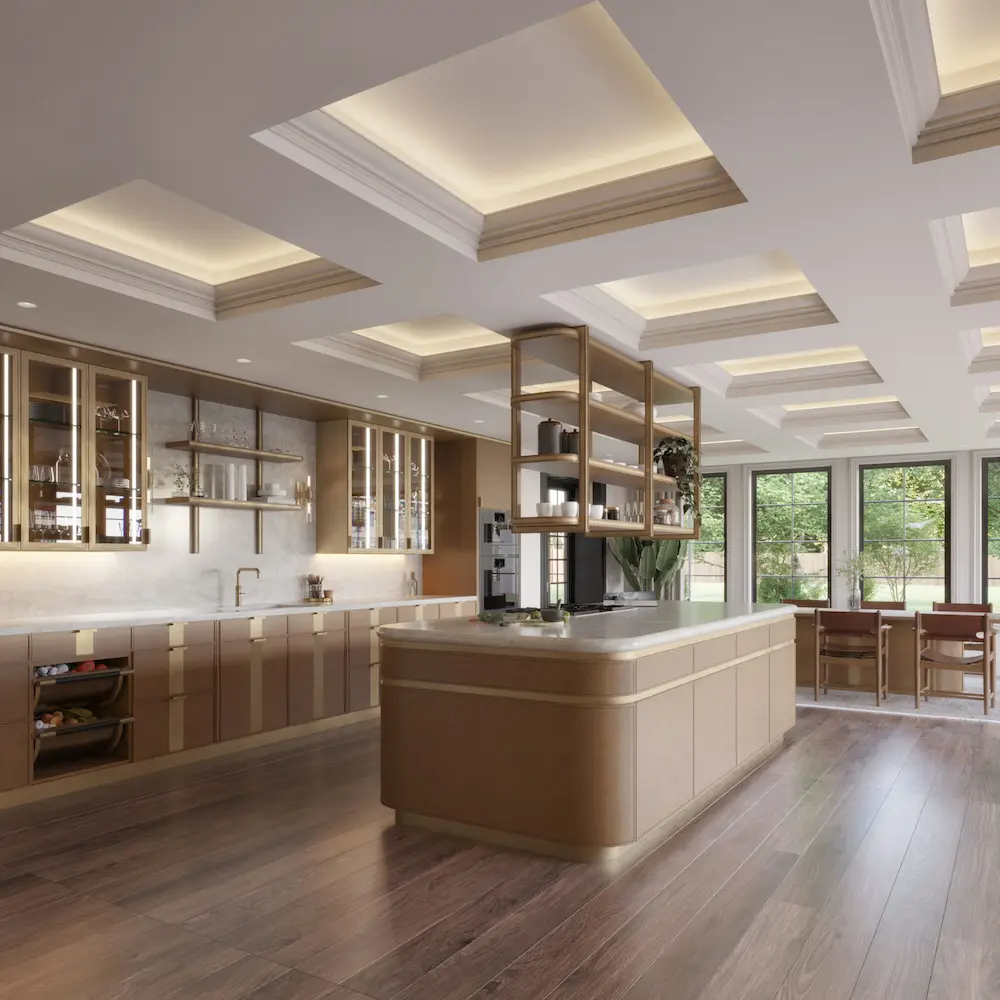
Today, the Devizes workshops, in the heart of Wiltshire, continue to produce entirely by hand kitchens that carry British DNA: respect for wood, nobility of painted finishes, meticulous attention to sculptural details.
Aesthetic Characteristics
Smallbone’s aesthetic draws from the rich British architectural heritage. The collections are inspired by Sir John Soane, a neoclassical architect whose mastery of space and commitment to craftsmanship nourish the brand’s creations.
The lines favor symmetry and harmonious proportions inherited from Georgian architecture. The facades are adorned with carved details: moldings, fluting, arches that confer nobility and presence. Far from the disappearance of handles advocated by minimalism, Smallbone celebrates hardware: aged brass handles, bronze antique metal inlays, bespoke fittings by renowned British craftsmen.
The color palette oscillates between the off-white of traditional English paints and the deep tones of noble woods: light or smoked oaks, walnuts with chocolate nuances, Macassar ebony with spectacular grain. The painted finishes, applied by hand in multiple layers, develop a depth impossible to achieve industrially.
Noble materials reign: solid oaks, precious walnuts worked according to traditional cabinetmaking techniques. Countertops in Italian marbles – Calacatta, Statuario – dialogue with wood in perfect harmony. Display cabinets with fluted doors showcase fine china, transforming the kitchen into a gallery of personal collections.
Creators & Key Collections
Charlie Smallbone: The Visionary
Charismatic founder, Charlie Smallbone embodies the pioneering spirit of the brand. His vision revolutionized the British market of the 1980s, establishing the concept of “unfitted” kitchen – where furniture, treated as standalone pieces, can evolve and be reconfigured. After selling and then buying back the company in 2003, he created Ledbury Studio in 2018, perpetuating his passion for artisanal design.
Iconic Collections
The Iconic Collection represents the essence of Smallbone: kitchens painted in off-white, islands in light-stained oak, fluted display cabinets. This timeless line has been seducing lovers of British classicism for decades.
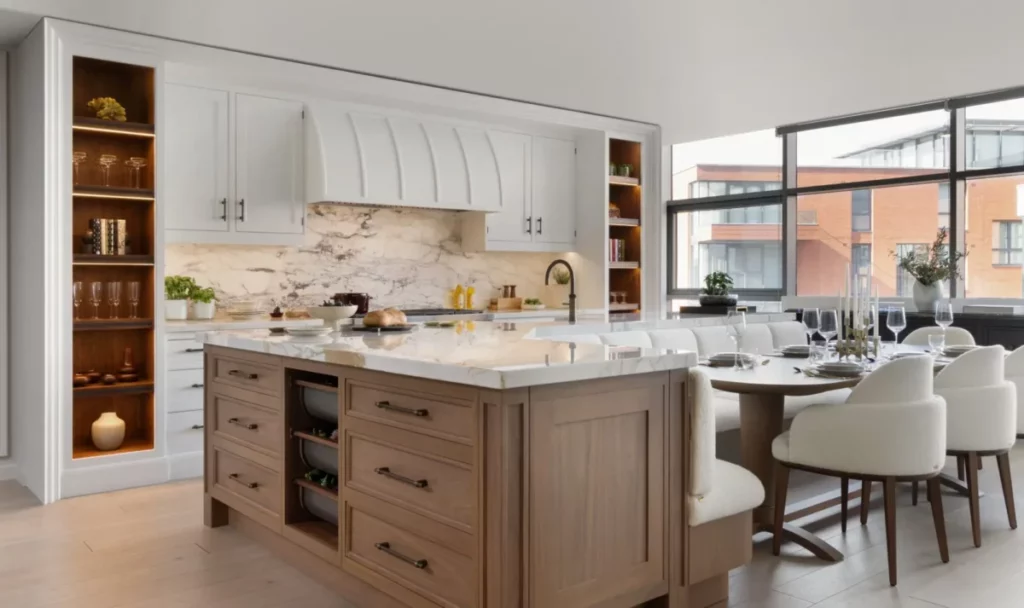
The Macassar Collection, inspired by Sir John Soane, combines Macassar ebony with rare marbles and mirror inserts. The Icarus Collection introduces bold modernity with its parabolic fluted marble tiles, while maintaining the signature artisanal hand.
Heritage & Reinterpretations
Smallbone’s influence extends far beyond British borders. The brand popularized the concept of “unfitted” kitchen, reintroduced hand-painted finishes, and transformed the kitchen into a prestige room comparable to the living room. This status elevation inspires the entire luxury industry today.
Smallbone’s English style spreads: many brands attempt to reproduce these painted facades, these carved details. But few possess the authenticity of entirely manual manufacturing in the Wiltshire workshops. Today, Smallbone collaborates with Michelin-starred chefs like Jason Atherton to create kitchens combining domestic aesthetics and professional performance.
Price & Current Market
New purchase: Smallbone kitchens position themselves in the ultra-premium segment. Classic collections start around €70,000, but exceptional projects regularly exceed €200,000. These prices are explained by entirely manual manufacturing, custom-selected precious woods, painted finishes applied in multiple layers. Purchase is made through showrooms, including the flagship in Knightsbridge, London, which embodies British excellence.

Second-hand: The pre-owned market testifies to exceptional quality. Kitchens twenty or thirty years old retain significant value. Painted facades can be professionally restored, offering a second life to these cabinetmaking pieces. Prices vary between €20,000 and €60,000 depending on condition and collection.
The Essence of British Luxury
Smallbone of Devizes embodies a certain idea of luxury: one that values the long term, the transmission of know-how, the beauty of natural materials worked with patience. In a world where minimalism dominates, Smallbone embraces a rich, ornate, deeply narrative aesthetic. It is this refusal of compromise, this fidelity to a demanding artisanal vision, that makes Smallbone an essential reference in British culinary luxury, admired and copied but never equaled.

Independent interior architect and project manager, I combine technical expertise with aesthetic sensibility. From structural work to finishing touches, I have developed an in-depth knowledge of materials, which I share through writing to convey my passion for design and architecture.

